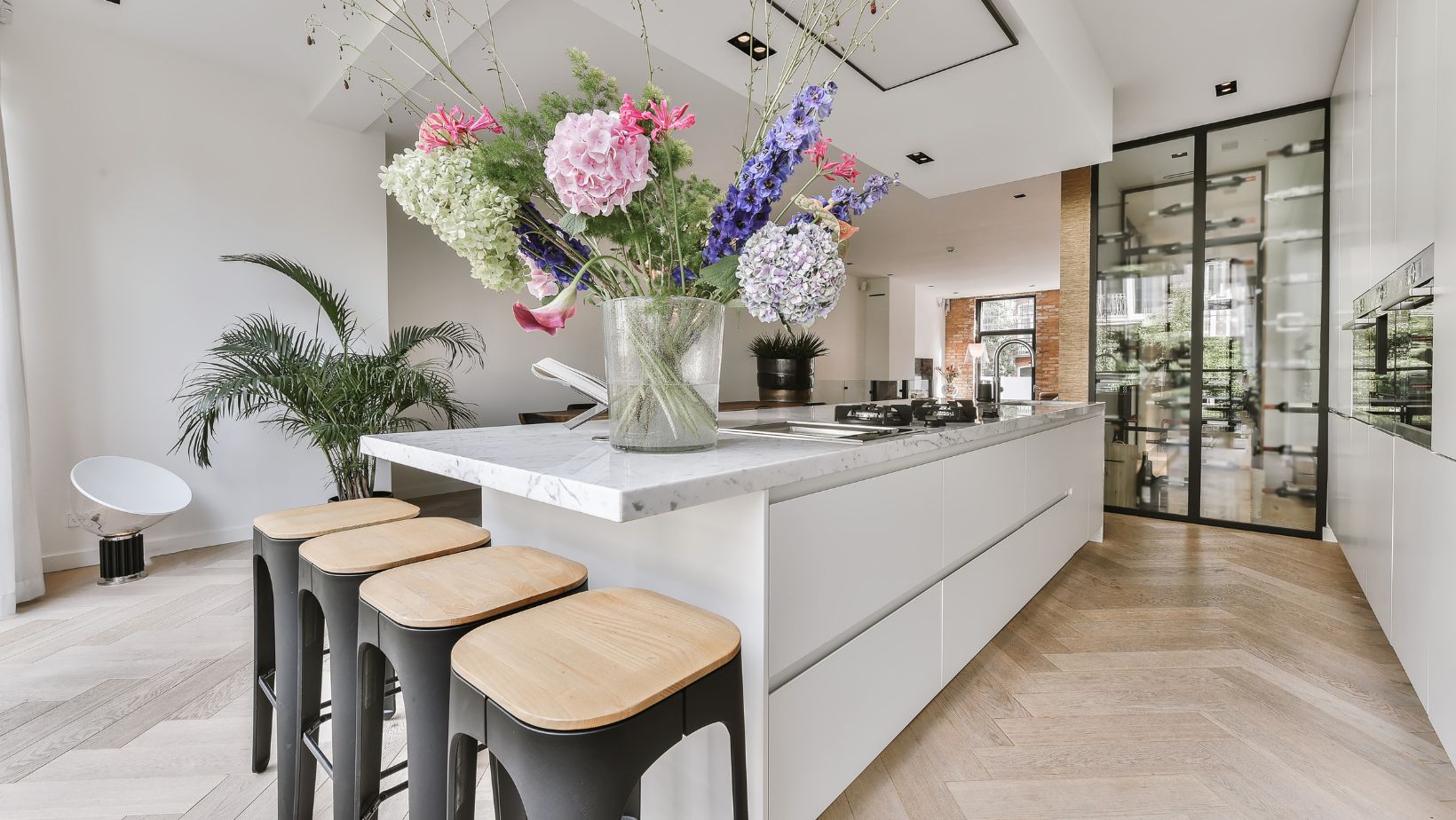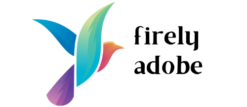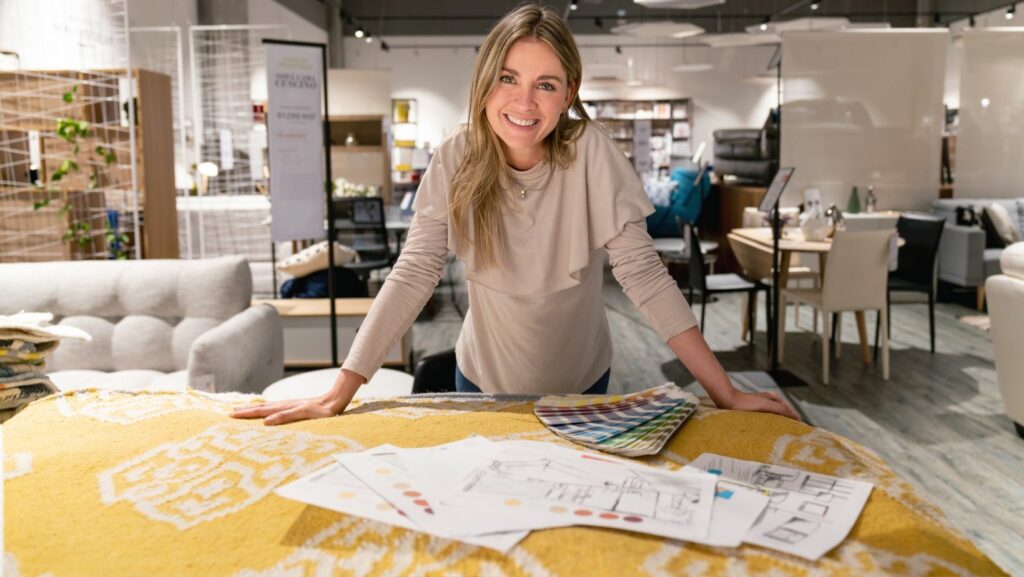In the realm of architecture and interior design, home designers hold a pivotal role. They’re the masterminds who transform an ordinary space into a haven of comfort and style. With a keen eye for aesthetics and a deep understanding of functionality, they bring life to the vision of a dream home.
Home Designers

A ‘Home Designer’ is a professional who specializes in improving the aesthetics and functionality of residential spaces. Employing unique design elements, they craft captivating yet practical living environments that mirror the homeowners’ distinct taste and lifestyle.
These experts bring innovative solutions to spatial constraints, making efficient use of every nook and cranny. They also consider the impact of design choices on the inhabitants’ well-being, aiming to foster a nurturing, serene ambience in the home. Beyond aesthetics, home designers prioritize safety standards, ensuring their designs adhere to building regulations. It’s their distinctive blend of creativity, technical knowledge, and problem-solving skills that sets them apart.
Landing on the Right Home Designer

Home design is typically a task of significant investment, hence, choosing the suitable professional is critical. Spotting the right designer involves a few core steps. Primarily, identify clear goals for the design project. This could range from specific household needs, style preferences, to budget limitations. Example goals might include maximizing limited space, or revamping the living area aesthetics.
The second step mandates exploring the designers’ archives. Assess their portfolio critically, inspecting the diversity, creativity, and the practical functionality of their designs. It’s often beneficial to compare different examples provided by a prospective designer, such as sketches or digital designs and photographs of finished projects. This can offer a comprehensive insight into their design approach and end results.
Thirdly, arrange a face-to-face consultation, ideally at the design site. In-person interactions afford clearer communication, allowing the client to express expectations and the designer to assess the potential and constraints of the space.
Finally, secure a written agreement outlining the scope of the project, fees, timeline, and other relevant details. It’s sensible to determine payment arrangements upfront, to ensure a smooth, successful project execution. The contract obliges accountability and establishes clarity for both parties.
Investment with Home Designers
Investing in home designers is a decision that one doesn’t take lightly. It’s a commitment that involves significant financial outlays and extensive collaborations. Three important factors play crucial roles in optimising this investment— budget planning, ROI considerations, and risk management.
Budget Planning
Budget planning forms the backbone of any investment. It demarcates the range within which the client can choose a designer. Remember, interviewing multiple designers and examining their fee structures can help in making substantial savings. For instance, Designer A might charge $100 per hour, while Designer B may propose a $2000 fixed fee for a ten-hour project. The comparison makes the decision-making process easier.
Return on Investment (ROI) Considerations
Evaluating potential return on investment is essential. Homeowners must consider how the designer’s work can enhance their property’s value. For instance, a well-executed design can enhance a property’s value by 10%. Therefore, if a house is worth $500,000, an effective design can add a value of $50,000.
Risk Management

Lastly, risk management is critical in an investment endeavor. It minimizes potential loss related to poor design or costly mistakes. Hence, contracts with clear deliverables and penalties for non-compliance are crucial.
In the end, it’s all about a mindful investment with home designers, considering budget, ROI, and risk management. By doing so, homeowners can bank on the best design execution aligned with their vision and resources.
Using Technology in Home Design
Transitioning from the investment aspect, one acknowledges technology’s powerful influence on home design. Increasingly, homeowners harness tech tools for budget monitoring, design visualization, and project management. Budget software helps track design expenses, while design programs allow for virtual walkthroughs of spaces.
Project management applications assist in coordinating tasks, timelines, and communications between homeowners and designers, creating a navigable design process. Furthermore, evolving tech advances extend to home design itself. Smart home systems, energy-saving appliances, and digital interior planning tools are redefining traditional home design concepts.

